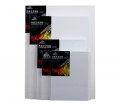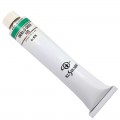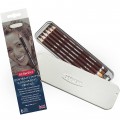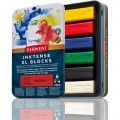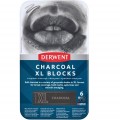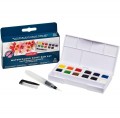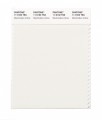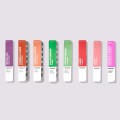 Loading... Please wait...
Loading... Please wait...- Home
- About Us
- Brands Search
- Help Center
- Enquiry
-
Products Catalogue
- Mont Marte Acrylic Colours 1L/2L
- Kusakabe Aqyla Colors
- Kusakabe Water Colors
- Kusakabe Oil Colors
- Kusakabe FUJIART COLOR
- Copic Marker
- Full Line Catalog
- Pantone Trend Forecast
- Pantone Graphic Design
- Pantone Fashion Design
- Pantone Product Design
- Molotow Coversall Water Based-358000
- Molotow Premium -327000
- Molotow Flame Blue Neon -557499
 Keywords
Keywords
Welcome to use PayPal
Categories
Popular Brands
- Home
- Help Center
- Pantone Color - Textiles
Pantone Color - Textiles

Pantone Color Systems – For Textiles
If You Work in Fashion, Textiles and Soft Goods, You’re in the Right Place!
Pantone is a global leader in color standards for the fashion industry
Our Fashion, Home + Interiors (FHI) color system centers on the Pantone Swatch Card. In fact, swatch cards are the standard referenced by every other FHI product. Made on double-layered fabric to the most exacting color specifications in the industry, the Pantone Swatch Card has been formulated for color fastness and color constancy. All FHI Swatch Cards are supported by digital spectral data, so you can be confident your final product will match your vision. Swatch cards are available for all our Cotton, Nylon, and Polyester colors. Each material has unique properties, and therefore a uniquely achievable range of colors.
The Pantone FHI System now includes 3,049 total colors, broken out in the following way:

Top Selling Textile Products
Digital Solutions For Textiles

Your Pantone Colors, Everywhere.
Pantone Connect is a digital platform providing designers, producers, and brand managers exclusive access to over 15,000 Pantone Colors – every Pantone Color in every Pantone Library! Packed with helpful tools to build, share, and save smart palettes, Pantone Connect inspires creativity and ensures consistency and accuracy in branding, fashion, and product design. Most importantly, it’s now the only way to bring all your market-relevant, in-demand Pantone Colors into your design workflow for use in your Adobe® design programs.
Frequently Asked Questions
1: How do you select the colors for the FHI system?
In today’s complex and challenging marketplace, color is often that catalyst that sparks the sale, defines the space, and creates the mood. We select colors for the FHI system based on three important and distinct criteria. First, our global team of color trend forecasters look at the movement of color trends to ensure your palettes are fresh, modern, and relevant. Of course, we also understand the importance of core colors and the integral role they play in building your seasonal color stories. Therefore, we look at the color needs of the industries we serve and those we would like to better impact to ensure a comprehensive set of core and trend shades. Lastly, we only select colors that are easily achievable and reproducible, for greater usability and efficiency.
2: What do the numbers mean?
Pantone’s Fashion, Home + Interiors’ numbering system enables precise accuracy on a global scale. Each color has a unique location in the System’s color space, which allows the space to be precisely defined. A six-digit number assigned to each color defines that location:
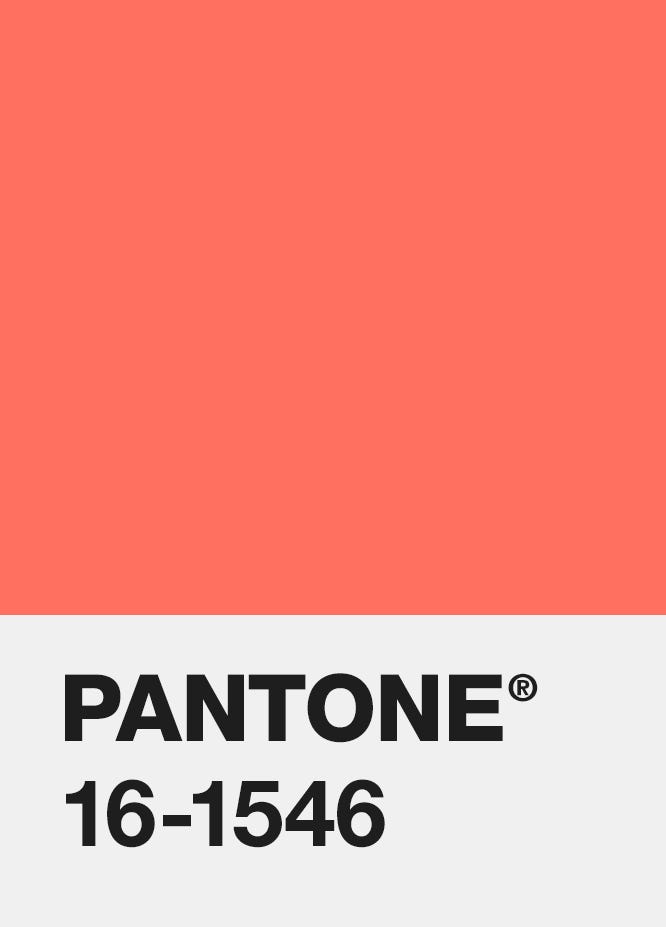
Each pair of digits has a specific meaning:
- The first pair (16) refers to the lightness or darkness of the color.
- The second pair (15) specifies the hue – yellow, red, blue, green.
- The third pair of numbers (46) describes the chroma level of the color.
Using the six-digit PANTONE Fashion, Home + Interiors Color Number, any color can be selected and communicated anywhere in the world.
3: How are Pantone Textiles produced?
Each of the colors contained in the FHI system uses dyestuffs that are globally available, approved, and optimized for color constancy and colorfastness. Our FHI textile system endures a five-step quality process to ensure the accuracy of the color at every stage of production and packing.
4: How are Pantone Textiles measured?
Cotton (exception of 11-0601 TCX and 11-4001TCX, which contain optical brighteners):
- Instrument Settings
- Instrument: X-Rite i7860 Spectrophotometer
- R/T Mode: Reflectance
- Specular: Included
- UV Filter Position: UV Excluded (Exception: 11-0601 TCX and 11-4001 TCX are UV Calibrated)
- Aperture: LAV
- Number of Measurements: 2 averaged. (One on grain/ One cross-grain)
- Primary Light Source: D-65
- Secondary Light Source: F02-10 (CWF)
- Rapid condition for 15 minutes prior to measurement – Measurement taken within 10 seconds after removal from chamber.
- Conditioning Chamber Settings
- Temperature: 21C
- Humidity: 50%
- Light source: D-65
- Visual Assessment for Color and Fabric Quality
- Pantone Light Booth
- X-Rite Spectralight
Nylon & Polyester:
- Instrument Settings
- Instrument: X-Rite i7860 Spectrophotometer
- R/T Mode: Reflectance
- Specular: Included
- UV Filter Position: UV calibrated
- Aperture: LAV
- Number of Measurements: 2 averaged. (One on grain/ One cross-grain)
- Primary Light Source: D-65
- Secondary Light Source: F02-10 (CWF)
- Rapid condition for 15 minutes prior to measurement – Measurement taken within 10 seconds after removal from chamber.
- Conditioning Chamber Settings
- Temperature: 21C
- Humidity: 50%
- Light source: D-65
- Visual Assessment for Color and Fabric Quality
- Review your swatch at a 10° angle
- Make sure your light booth has the proper Munsell N5 or N7 interior color coating
- Never evaluate color with other visual influences in your light booth aside from what you are reviewing
Current Top Sellers
-
1
-
2
-
3
-
4
-
5
New Products
-
USD10.67
-
USD14.67
-
USD34.67
-
USD34.67
-
USD21.33
Popular Products
-
USD17.33
-
USD1,121.39USD1,009.25




